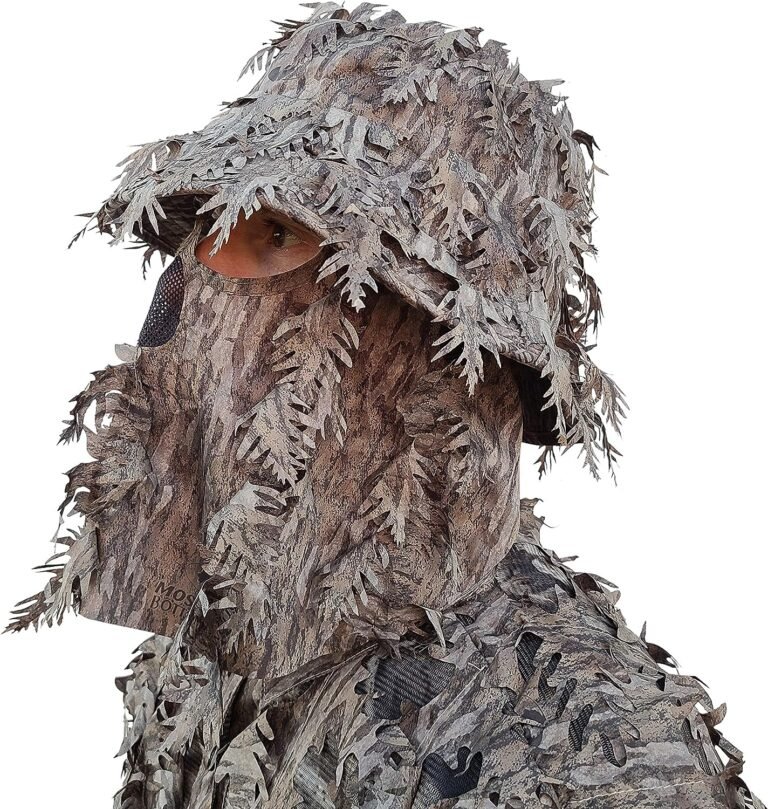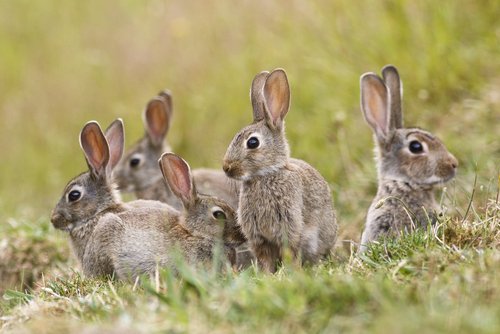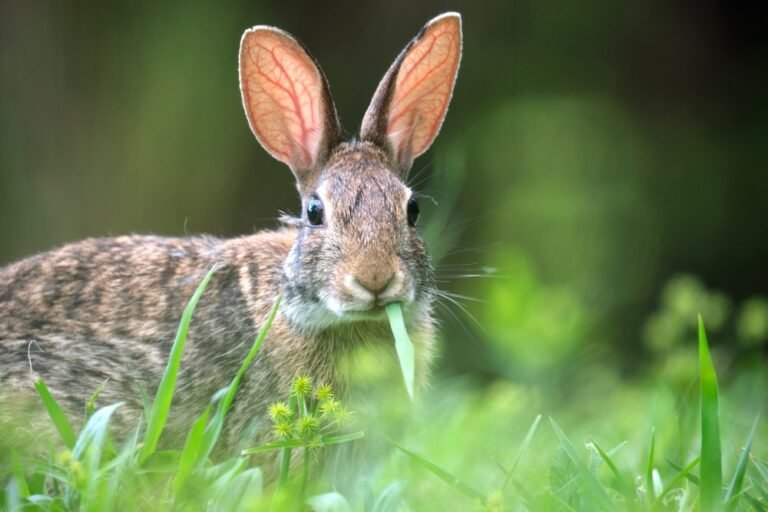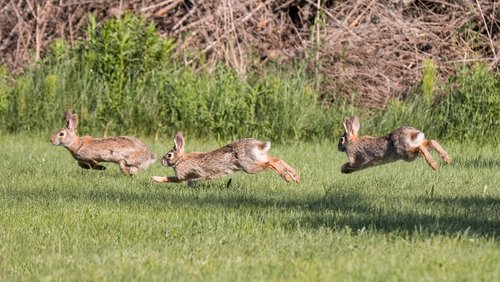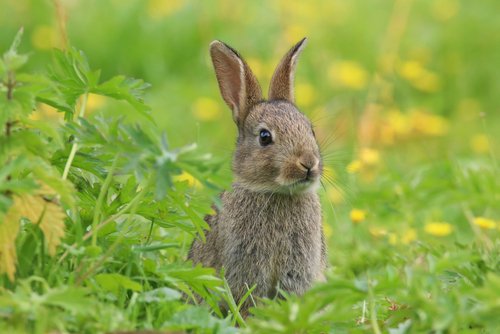The Ultimate Guide to Rabbit Hunting in Michigan Now
Rabbit hunting Michigan is an age-old outdoor activity that has captured the hearts of many outdoor enthusiasts for years. The state’s diverse landscapes, from dense forests to sprawling farmlands, provide an ideal habitat for rabbits, making it a prime destination for hunters seeking thrilling adventures and bountiful games.
With its rich hunting heritage and abundance of rabbit populations, Michigan offers an unforgettable experience for those who venture into the woods to pursue these elusive creatures.
A Timeless Pursuit: Rabbit Hunting in Michigan
Embarking on a rabbit hunting expedition allows individuals to immerse themselves in the beauty of nature while testing their skills and patience against one of Michigan’s most cunning and swift game species. This beloved traditional pastime not only provides hunters with valuable opportunities to sharpen their marksmanship but also fosters connections with family and friends as they traverse through picturesque landscapes.
The Significance of Regulations and Guidelines
While rabbit hunting may seem straightforward, it is crucial to understand and adhere to the regulations and guidelines set forth by the Michigan Department of Natural Resources (DNR). These regulations are designed to ensure sustainable wildlife management practices while maintaining a balance between conservation efforts and recreational pursuits.
Having a comprehensive knowledge of the rules not only demonstrates respect for wildlife preservation but also guarantees a safe and ethical hunt.
Rabbit Hunting in Michigan: A Historical Perspective
Tracing the roots of rabbit hunting in Michigan back to Native American traditions
Rabbit hunting in Michigan has a rich history that can be traced back to the time of Native American tribes who inhabited the region. For these indigenous communities, hunting rabbits was not merely a means of sustenance but was deeply ingrained in their cultural practices. The tribes recognized the value of rabbits as a reliable source of food and fur, which played an essential role in their daily lives.
The Native Americans developed various hunting techniques, including snares, bows, arrows, and even specially trained dogs to track and catch rabbits. These traditional methods were passed on from generation to generation and continued influencing rabbit hunting practices among settlers.
Influence of European settlers on the development of rabbit hunting techniques and strategies
With the arrival of European settlers in Michigan, new perspectives and practices regarding rabbit hunting emerged. The settlers brought their knowledge and experiences from their home countries, which contributed to the evolution of rabbit hunting techniques in Michigan. As pioneers began establishing permanent settlements across the region, they adapted their methods to suit the landscape and climate conditions prevalent in Michigan.
They introduced firearms such as muskets for more efficient hunts. Furthermore, European settlers also brought innovative trapping techniques like box traps or pitfall traps that Native Americans did not commonly use.
Evolution of equipment used for rabbit hunting over the years
Over time, advancements in technology have significantly influenced the equipment used for rabbit hunting in Michigan. Initially relying on primitive tools like spears or even bare hands employed by Native Americans, hunters gradually transitioned towards more sophisticated gear with improvements brought about by European influence. Firearms became popular for hunters due to their effectiveness at greater distances while minimizing physical contact with potentially dangerous wildlife encountered during hunts.
As firearms evolved, so did their specific designs and calibers, allowing for more precise and humane kills. Additionally, the development of specialized hunting gear like camouflage clothing, blinds, and high-quality optics has enhanced the overall experience of rabbit hunting in Michigan, improving both safety and success rates for modern hunters.
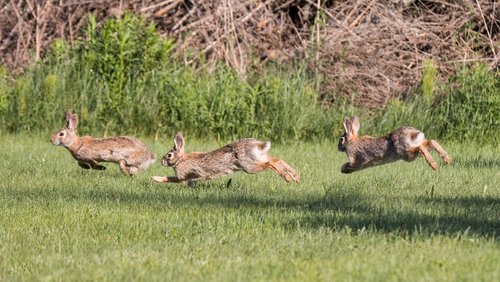
Understanding Rabbit Species in Michigan
Overview of common rabbit species found in Michigan
Michigan has two primary rabbit species: the Eastern Cottontail (Sylvilagus floridanus) and the Snowshoe Hare (Lepus americanus). The Eastern Cottontail is the most widespread and abundant rabbit species in Michigan. It is known for its distinctive appearance, with short ears, a compact body, and a fluffy white tail that resembles a cotton ball.
On the other hand, the Snowshoe Hare, also known as the varying hare, showcases unique adaptations to its environment. Its fur changes color seasonally from brown in summer to a striking white during winter.
Characteristics, behavior, and habitat preferences of each species
Eastern Cottontails are primarily nocturnal but can be active during dawn and dusk as well. They are highly adaptable and thrive in habitats such as forests, brushy areas, agricultural fields, and suburban neighborhoods. These rabbits prefer dense cover vegetation where they can find shelter from predators.
Snowshoe hares are primarily found in northern regions of Michigan, where snow cover persists for extended periods. They have evolved large hind feet that act like snowshoes to help them move efficiently across deep snow.
Snowshoe hares are also known for their remarkable ability to camouflage themselves by changing their fur color according to the season. During summer, when there is no snow cover, their fur turns brown to blend with their surroundings.
Identification tips to differentiate between different types of rabbits
Differentiating between Eastern Cottontails and Snowshoe Hares can be challenging due to overlapping physical features. However, some key characteristics can help distinguish between these two species.
Eastern Cottontails have shorter legs compared to Snowshoe Hares, and their tails are shorter and appear more rounded. Snowshoe Hares, on the other hand, have longer legs and large hind feet adapted for snow travel.
Additionally, their fur color changes with the seasons, making them easily identifiable during winter when they turn white. Observing these distinctions in physical features can aid hunters in accurately identifying the rabbit species they encounter during their hunting expeditions in Michigan.
The Best Locations for Rabbit Hunting in Michigan
Exploring various regions across Michigan known for abundant rabbit populations, such as Southern Lower Peninsula, Northern Lower Peninsula, and Upper Peninsula
Michigan is blessed with diverse landscapes that support a thriving population of rabbits, making it a favored destination for enthusiastic hunters. The Southern Lower Peninsula boasts expansive agricultural fields interspersed with woodlots and brushy edges, providing an ideal habitat for rabbits.
However, the Northern Lower Peninsula offers a mix of dense forests and open clearings that attract substantial rabbit populations. For those seeking more remote hunting grounds and rugged terrain, the vast wilderness of Michigan’s Upper Peninsula provides unparalleled opportunities to pursue these elusive creatures.
Discussing public lands, state game areas, national forests, and private properties that offer prime opportunities for successful hunts
Public lands play a crucial role in providing accessible hunting grounds across Michigan. State game areas such as the Allegan State Game Area in the Southern Lower Peninsula or Pigeon River Country State Forest in the Northern Lower Peninsula are well-known hotspots due to their diverse habitats and abundant rabbit populations.
Additionally, forests like Huron-Manistee National Forests offer extensive tracts of land where rabbits thrive. While public lands present excellent options for hunters, private properties can also be fruitful locations with proper permission from landowners.
Many private landowners are willing to grant access to responsible hunters who respect their property boundaries and follow ethical hunting practices. It is essential to establish connections within local hunting communities or through organizations like the Michigan United Conservation Clubs to explore potential opportunities on private lands.
Understanding the best locations for rabbit hunting in Michigan is vital to maximize your chances of success. By exploring various regions across the state known for abundant rabbit populations, such as the Southern Lower Peninsula, Northern Lower Peninsula, and Upper Peninsula, while considering public lands like state game areas and national forests, as well as gaining permission for private properties, you can embark on memorable hunts in pursuit of these wily creatures.
Essential Equipment for Rabbit Hunting in Michigan
Firearms: Choosing the Right Weapon for a Successful Hunt
Regarding firearms for rabbit hunting in Michigan, two primary options stand out: shotguns and rifles. Shotguns are the most popular choice due to their versatility and close-range effectiveness.
For rabbit hunting, a 20 or 12-gauge shotgun is ideal, providing sufficient power to take down these agile creatures while minimizing damage to the meat. It’s important to note that the legal requirements for firearms may vary depending on local regulations, so hunters should always consult the Michigan Department of Natural Resources (DNR) guidelines before selecting a firearm.
Ammunition Selection: Maximizing Efficiency within Legal Boundaries
Selecting the right ammunition is crucial in ensuring ethical and effective rabbit hunting. Shot sizes between 4 and 6 are commonly used for rabbits since they provide an optimal balance between pellet count and energy transfer. However, it’s essential to abide by local regulations regarding maximum shot size restrictions.
For example, some public lands may limit hunters to non-toxic shot options only. Understanding these regulations is vital not only for complying with the law but also for conserving nature and promoting responsible hunting practices.
Hunting Gear: Equipping Yourself for Success in Pursuit of Rabbits
To increase your chances of a successful rabbit hunt in Michigan, having the right hunting gear is essential. Firstly, invest in high-quality camouflage clothing that matches the terrain you’ll be navigating through – this enables you to blend seamlessly into your surroundings and remain undetected by rabbits’ keen senses.
Sturdy boots provide foot support while protecting against cold weather conditions or hazards on uneven terrain. Don’t forget gloves and hats suitable for colder seasons or locations where temperatures can drop unexpectedly.
Binoculars are invaluable for spotting rabbits from a distance, allowing you to plan your approach more effectively. Additionally, calls or decoys can attract rabbits within shooting range, increasing your chances of success.
By carefully selecting the right firearms, ammunition, and hunting gear for rabbit hunting in Michigan, hunters can enhance their experience while adhering to legal requirements and promoting responsible hunting practices. Remember to prioritize safety and respect the natural environment while pursuing these elusive creatures.
Techniques and Strategies for Successful Rabbit Hunts
Spotting signs: Teaching hunters how to identify tracks, droppings, or feeding areas indicative of rabbits
One of the key skills for a successful rabbit hunt is the ability to spot signs that indicate the presence of these elusive creatures. Experienced hunters know that identifying tracks, droppings, and feeding areas can greatly increase their chances of success.
Rabbit tracks are distinctive, with their hind feet larger than their front feet. Look for these tracks in soft soil, mud, or snow.
Additionally, rabbit droppings are small and round like peas, often found in groups known as “scat piles.” Pay attention to areas with ample vegetation where rabbits commonly feed on grasses and low-growing plants. Identifying these signs will help you determine the most suitable hunting spots.
Conclusion
Rabbit hunting in Michigan offers a thrilling outdoor experience for enthusiasts who enjoy this age-old tradition. By understanding the historical significance of rabbit hunting in Michigan and familiarizing oneself with the various rabbit species found in the state, hunters can appreciate this activity on a deeper level. Exploring prime hunting locations across different regions of Michigan and ensuring you have appropriate equipment will enhance your chances of success when venturing out into the field.
By mastering techniques such as identifying tracks, droppings, and feeding areas indicative of rabbits’ presence, hunters can further optimize their hunts. So gear up responsibly and immerse yourself in the joys of rabbit hunting while appreciating Michigan’s natural beauty!

